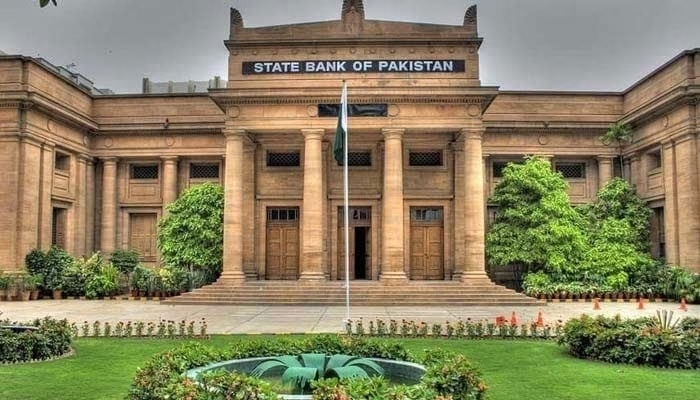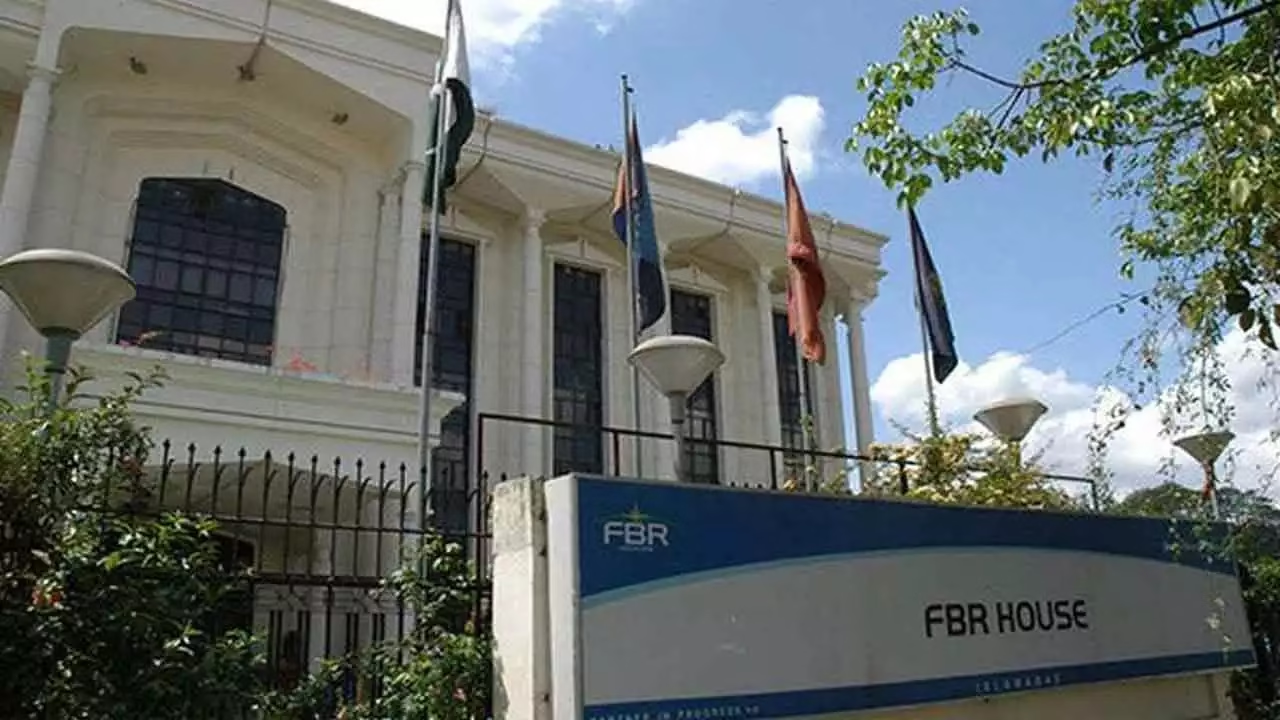The Pakistan GDP growth outlook for the current fiscal year appears weaker than government expectations, with the State Bank of Pakistan (SBP) projecting a slower expansion than the officially targeted 4.2%. During a recent briefing to the National Assembly Standing Committee on Finance and Revenue, central bank officials estimated that GDP growth may only reach 3.2% in FY26.
Pakistan GDP Growth Projections for FY26
According to Deputy Governor of the SBP, Dr. Inayat Hussain, the Pakistan GDP growth forecast reflects ongoing structural challenges, including high inflation, weak industrial performance, and external account pressures. While the government had hoped for a more robust recovery, the SBP’s cautious outlook suggests that Pakistan’s economy may continue to struggle in achieving stability.
Dr. Hussain also informed the committee that foreign exchange reserves are projected to climb to $15.5 billion by December 2025 and $17.5 billion by June 2026, offering some breathing space to the external sector. However, he cautioned that artificially appreciating the rupee would only increase the import bill and strain reserves further.
Exchange Rate Stability and External Sector Outlook
The SBP deputy governor stressed that the current value of the rupee against the dollar is at a fair level, neither overvalued nor undervalued. He revealed that the central bank bought $7.8 billion from the open market in the last fiscal year, but only in cases of excess supply of dollars.
Committee member Usama Mela noted that in July 2025 alone, the government purchased $720 million from the market. While such interventions help balance short-term volatility, they also highlight Pakistan’s fragile external account, which remains highly dependent on remittances and multilateral inflows.
Pakistan GDP Growth and Inflation Risks
Another key risk to Pakistan GDP growth is rising inflation. SBP officials warned that inflation could exceed its target between April and June 2026, fueled by energy prices, exchange rate adjustments, and fiscal pressures. The International Monetary Fund (IMF) has already allowed a 1.2% value gap between the rupee and the dollar, making it harder for the central bank to shield consumers from imported inflation.
Persistent inflation has also reignited the debate on monetary policy. Committee member Sharmila Faruqui questioned whether interest rates should now be lowered to stimulate growth. The next monetary policy meeting, scheduled for September 15, 2025, will be closely watched by investors and businesses hoping for relief from record-high borrowing costs.
Remittances and Economic Stability
Remittances remain a lifeline for Pakistan’s economy. The SBP projects that inflows for the current fiscal year will reach $40 billion. To encourage more remittances, the government reinstated its incentive scheme, offering banks 20 riyals for every $200 transaction. This policy was restored after a noticeable decline in inflows when the earlier scheme was withdrawn.
Stable remittance flows are critical for supporting reserves and sustaining the country’s fragile external sector, especially in a year when Pakistan GDP growth is expected to remain under pressure.
Policy Challenges Beyond GDP Growth
The committee meeting also touched on other pressing issues that indirectly affect Pakistan GDP growth. Naveed Qamar, chair of the Standing Committee, criticized the Ministry of Industries and Production for failing to brief parliament on the carbon levy introduced under the new electric vehicles policy. He stressed that policymakers must ensure transparency, especially in decisions that impact industrial competitiveness and consumer costs.
The panel also debated the Corporate Social Responsibility (CSR) Bill 2025, which proposes that companies allocate 1% of their net profits to social causes. While some members argued this should be mandatory, others, including the Minister of State Bilal Azhar Kayani, opposed it, describing it as a hidden tax.
Additionally, concerns were raised over the imposition of a 10% GST in ex-FATA, where residents argue they are being unfairly taxed on local consumption rather than just industrial production. The Federal Board of Revenue (FBR) suggested compensating residents through the Benazir Income Support Programme (BISP).
The Road Ahead for Pakistan’s Economy
Over the last decade, Pakistan GDP growth has averaged just 3%, a clear sign of deep-rooted economic vulnerabilities. While the government has set an ambitious growth target of 4.2% for FY26, achieving it remains unlikely without structural reforms. High borrowing costs, expensive energy, limited industrial capacity, and heavy reliance on external financing continue to weigh on economic performance.
At the same time, external support remains critical. Foreign exchange reserves are expected to improve, but only if remittances remain strong and Pakistan maintains good relations with international lenders like the IMF. Energy reforms, lower inflation, and competitive industrial policies will also play a pivotal role in shaping growth prospects.
For Pakistan to achieve sustainable progress, consistent reforms in energy pricing, taxation, and industrial competitiveness will be necessary. Otherwise, growth will remain stuck in the same cycle of low productivity and external dependence that has defined the economy for over a decade.
The SBP’s warning that Pakistan GDP growth may fall short of the 4.2% target underscores the challenges facing the economy. Inflationary pressures, high interest rates, and structural inefficiencies continue to drag down growth, even as remittances and reserves provide short-term stability.



